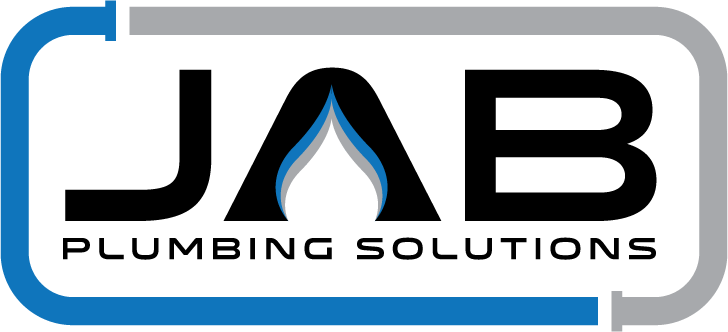With global warming, bushfires, ongoing draught and water restrictions, the climate crises has been a huge concern of late. Many Australians are looking for ways to reduce the negative impact their day-to-day activities have on the environment.
But what happens when you have a blocked drain or a clogged toilet? In the past, many people would reach for a bottle of drain cleaning chemicals to unblock a clogged drain. Chemical drain cleaners have sodium hydroxide or sulphuric acid in them. While this may work to unblock a drain, it makes them catastrophic for our waterways and wildlife. Drain cleaning chemicals are also bad for human health and can damage your plumbing pipes because they are so corrosive.
Here are several ways of clearing a drain clog without resorting to toxic chemicals:
1. High-pressure jet blasting to unblock a clogged drain
For stubborn clogged drains caused by grease, wet-wipes and minor tree root intrusion, jet blasting is an effective and eco-friendly method for clearing blocked drains. Jet blasting doesn’t use any chemicals to clear the drain. Instead it relies on the powerful streams of water, combined with various cutting heads to blast through clogs in the pipe.
2. How to unblock an S-trap by hand
If you have a blocked sink and the clog is located between the drain opening and the S-bend you can easily remove the blockage without using harsh chemicals. For example, a blocked kitchen sink will often be caused by food scraps or possibly a teaspoon that is caught in the S-bend right underneath the sink. You can remove the S-trap using a wrench to loosen the slip joint. Place a bucket under the trap before unscrewing it to catch any debris and water that comes out.
3. How to unblock a drain with a plunger
For minor clogs, an old-fashioned plunger is often enough to do the trick. You will need to purchase the appropriate plunger for the blockage your dealing with. A cup plunger is designed specifically for sinks while a flange plunger is required to unclog a blocked toilet. Never combine plunging with drain chemicals. Not only are drain chemicals bad for the environment, if you pour them down a drain and then try plunging, the harmful chemicals could splash back at you, burning your skin and eyes.
4. How to unblock a clogged drain with bicarb soda and vinegar
This technique works on minor clogs in the bathroom, kitchen or laundry sinks. It won’t work of major issues but is definitely worth trying for small clogs. Clear the area around your sink and put a 1/2 cup of baking soda down the drain. Follow that with a 1/2 cup of vinegar. Now plug your drain and let it sit for an hour. Then, unplug the drain and pour a pot of boiling water down it. Continue pouring boiling water down the drain until it is clear. It’s best to do this first thing in the morning when there is no residual water sitting in the pipes.
5. How to unblock a drain with a coat hanger
If you have a blocked floor waste or shower drain, the most common cause is a clump of hair and soap scum. The clump normally sits just below the drain opening. The first option is to remove the drain covering and try and reach the clog by hand wearing a pair of gloves. If you can’t reach it, straighten out a coat-hanger but leave the hook. Use the hook end of the hanger to fish in the drain and pull up any gunk or hair. Have a bucket or plastic bag ready to dispose of the clog.
RELATED ARTICLES:







